i bc27f85be50b71b1 (227 page)
Read i bc27f85be50b71b1 Online
Authors: Unknown



ORGAN TRA:'\ISJ>U\NTATIO�
725
pur, pcnphcml edcma, pulmonary crackles, and jugular vein distennon.IO-1l Suo)ccrively. recipients may report vague symptoms of decrca!oicd exercisc rolerance, fatigue, lethargy, or dyspnea. However,
the mOSt reli"ble technique to diagnose rejection is by performing
periodIC endomyocardial bIopsy. The initial biopsy is performed 5-
10 days after transplantation. Under local anesthesia, a bioptome
catheter is advanced through the right internal jugular vein into the
right ventricle Linder fluoroscopy. Because rejection usually occurs in
small areas throughout the heart, three to five tissue specimens are
obt.tincd from different sites for histologic and immunologic studles."·" The presence of lymphocytic infiltration, polymorphonuclear leukocytcs, inrerstitial hemorrhage, and myocytic necrosis is an IIldic3ror of cardiac rejcction, the latter being the most severe.12
The frequency of surveillance endomyocardial biopsies varies
between transplant institutions. They are usually performed weekly
for the first month, biweekly for the second and third months,
monthly for the next 6 months, every 3 months up to the first 2
years, �lIld then annually.ILI] If rejection is identified, immunosuppressIve a!lents are intensified by administration of high-dose oral or intravenous corticosteroids, antilymphocyte antibodies, or both. I" If
the cardIac transplant reCIpient has frequent arrhythmias (which
often IIldlc.tc ischemia), periodic coronary angiography IS performed to deteer allograft coronary disease.lo.1!
Clinical Tip
• The panenr is placed in a protccnve isolation room.
Posinve-pressure now rooms are recommended to limit the
transfer of airborne pathogens. The usc of a face mask and
strict hand washing are required.)"
• In the initial postoperative period, mediastinal drainage
IS promoted by elevating the head of the bed to a 30-
degree angle and turning the patient every 1-2 hours.5
• Phase I cardiac rehabilitation usually begins 2-3 days
postoperatively, once the patient is hemodynamically Stahle. r,ercise is progressive and based on the patient'S
activity tolerancc. Exercise is progrcssed from active
SUpll1C exercises without resistance to ambulation and stationary biking. Vital signs are monitored before, during,
and immediately after exercise.




726
ACUTE CARE HANDBOOK FOR I'HYSICAL THERAPISTS
• The cardiac transplant recipient has a resting heart rate
that is higher than normal, owing to the absence of parasympathetic nervous system or vagal tone that would normally
slow the heart rate.' The rate is usually between 90 and 110
beats per minute, and it does not vary with the recipient's respirations. The transplanted heart is denervated because the extrinsic nervous supply to the donor heart was severed during the procurement surgery." Therefore, it no longer has autonomic nervous system connection to the recipient's body.
Consequently, it is unaffected by the recipient's sympathetic
and parasympathetic nervous system, which normally controls the rate and contractiliry.S.9
• Patients should gradually increase and decrease demands
on the transplanted heart by extending their warm-up and
cool-down periods to 5-10 minutes,,·11,3' In the absence of
neural regulation, heart rate increases during exercise, but the
increase at the onset of exercise is delayed by 3-5 minutes.'·40
The denervated heart depends on circulating catecholamines
to increase the rate and force of contractions.s With exercise,
heart rate and cardiac output increase gradually over 3-5
minutes and remain elevated for a longer period of time at
the completion of activity.' As well, after cessation of exercise, there is a slower-than-normal return to pre-exercise heart rate level. 1,9-1 I
• The peak heart rate achieved during maximal exercise is
significantly lower in cardiac transplant recipients than in agematched patients. As a result, exercise prescriptions that are based on target heart rate are not recommended. II instead,
the Borg scale, which uses the rate of perceived exertion
(RPE), is frequently used during exercise for self-monitOring.
The recipients exercise at an RPE between 1 1 and 13."
• Physical therapists should monitor blood pressure before,
during, and after activity. At rest, systolic and diastolic blood
pressures of heart transplant recipients arc higher than nor·
mal."·40 The systolic blood pressure should be between 80
and 150 mm Hg, and the diastolic blood pressure should be
less than 90 mm Hg]'
• Orthostatic hypotension is common in the early postoperative phase, owing to the absence of compensatory reflex tachycardia.' Allow the patient time to change position
slowly and adapt to the new position."



